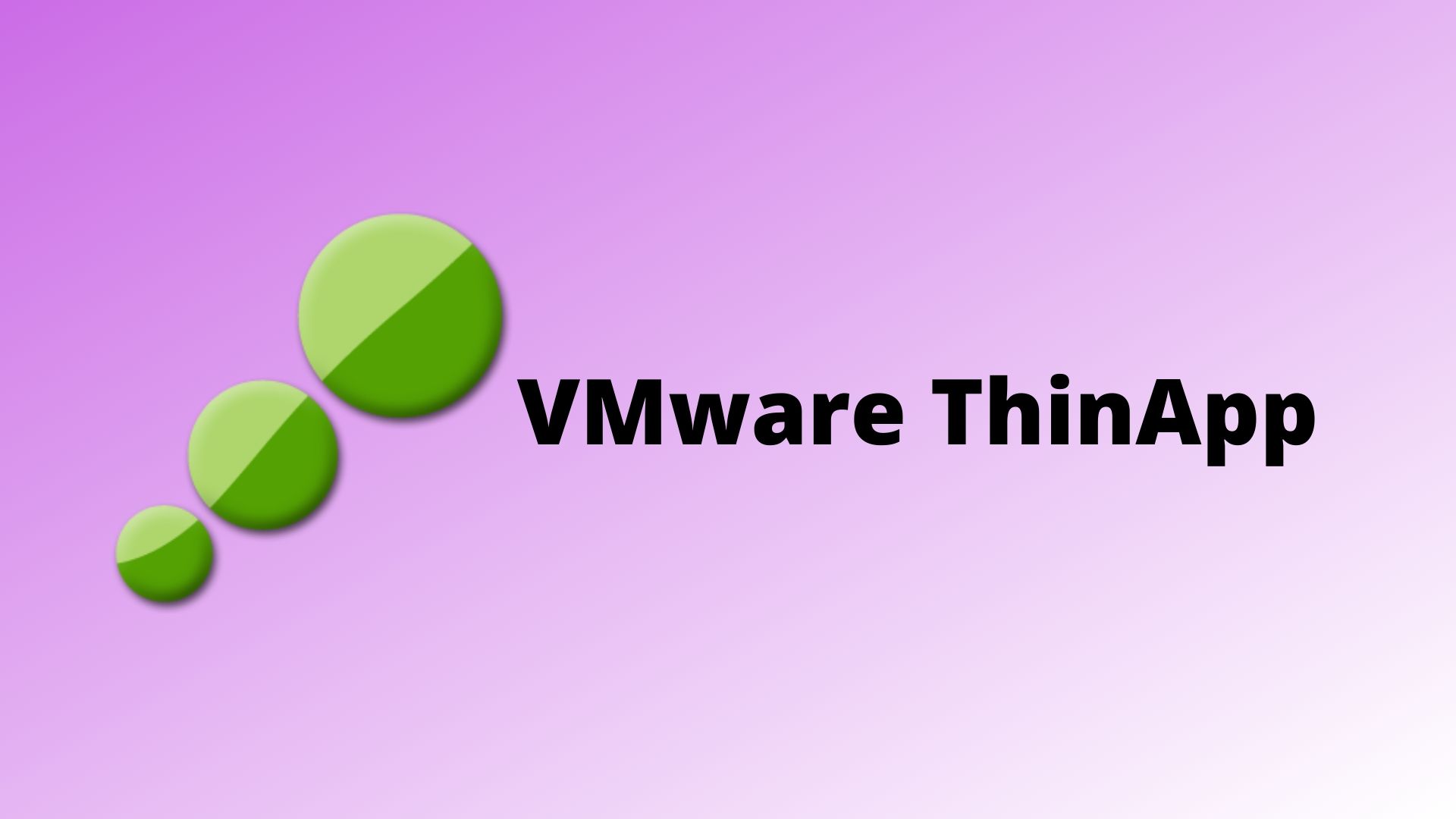

That was discouraging, for someone who was now trying to create Linux-compatible packages of Windows programs. Even back in 2010 (when there seemed to be more corporate enthusiasm about the Linux desktop), someone claiming to be a VMware engineer implied that the direction was away from Linux compatibility - that packages produced by ThinApp versions up to 4.0.4 worked “OK” with Wine, but packages produced by later versions did not. These documents made essentially no meaningful references to Linux. Moreover, its White Paper said 64-bit applications were not supported. 6) listed only Windows versions among its supported platforms. While Cameyo claimed a fair degree of Linux compatibility, ThinApp did not. ThinApp claimed to be “extremely lightweight,” presumably implying that its packaged applications would perform nearly as quickly as if they were installed directly on the system. (For that kind of expense, the buyer would get 50 client licenses.) ThinApp was reportedly no longer available as a standalone product. It was not clear whether this ranking was due to quality or just to price: Cameyo was free, whereas ThinApp was offered for $5,000 by one merchant and apparently more than that from VMware itself.
VMware’s ThinApp was listed second in popularity by AlternativeTo, after Cameyo. Note: another post updates this one in some important regards. Separately, I was unsuccessful in an effort, using Cameyo, to produce a portable version of Microsoft Office 2003 that would run at all, even in Windows.

There were some successes, among those programs, when I ran the Cameyo packages in Windows, but virtually no successes when I tried to run those packages in Linux using Wine. As detailed in another post, I had made efforts to produce portable versions of a handful of Windows programs using Cameyo.


 0 kommentar(er)
0 kommentar(er)
